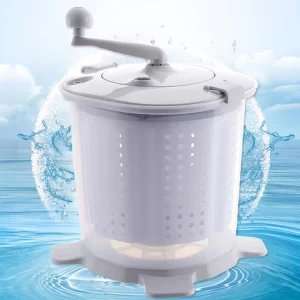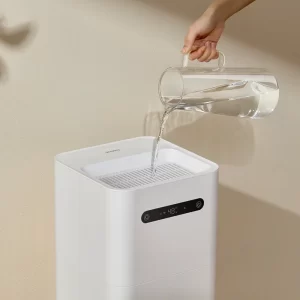What Size Washing Machine for King Comforter? Find Out Here!
Washing a king-sized comforter at home can be a daunting task if you’re not sure whether your washing machine can handle it. Many people struggle with this because using the wrong size machine can damage your comforter or even the washer itself. This guide provides detailed information so you can determine the right size washing machine for your king comforter, ensuring a thorough and safe cleaning process every time. Dive in to find out exactly what you need and how to achieve the best results.
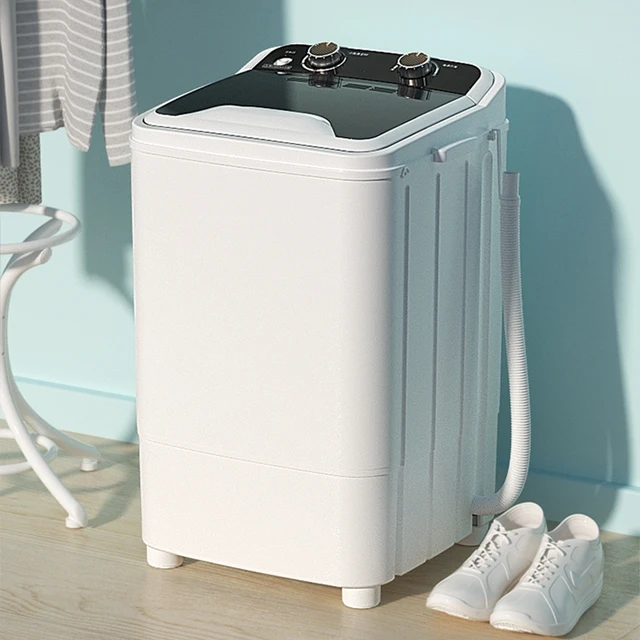
Understanding Machine Capacity
Choosing the right size washing machine involves understanding the capacity measured in cubic feet. Different machines come with varying capacities, and knowing what these figures mean can help you make an informed decision.
Standard versus large capacity
Most residential washing machines range in capacity from around 3.5 to 5.2 cubic feet. While a standard washing machine runs on the lower end of this spectrum, for washing a king-sized comforter, you’ll need a machine with a large capacity of at least 4.5 cubic feet. This ensures there’s enough space for your comforter to move freely and get effectively cleaned.
Importance of drum size
A larger drum size allows for better water and detergent distribution around the comforter. Tight quarters can result in poor cleaning and increased wear and tear on the fabric. An optimal drum size makes sure your comforter is cleaned without being squished or improperly agitated, which can lead to uneven cleaning and damage.
Benefits of Using an Appropriately Sized Machine
Using a washing machine that is correctly sized for your king comforter offers multiple benefits beyond just effective cleaning.
Effective agitation and water flow
In a properly sized washing machine, your comforter can move around freely, allowing water and detergent to penetrate the fabric evenly. Adequate room for agitation ensures thorough dirt and stain removal while reducing wear and tear on the comforter.
Balanced load distribution
An appropriately sized machine reduces the risk of off-balance loads, which can cause noise, vibration, and potential damage to the washing machine. Balanced load distribution ensures that the wash cycle runs smoothly, maintaining the integrity of both the machine and the comforter.
Faster drying times
When a comforter is washed in a suitably sized machine, it comes out less wrinkled and more evenly spun. This means it will require less time to dry, whether you choose to air dry it or use a dryer.
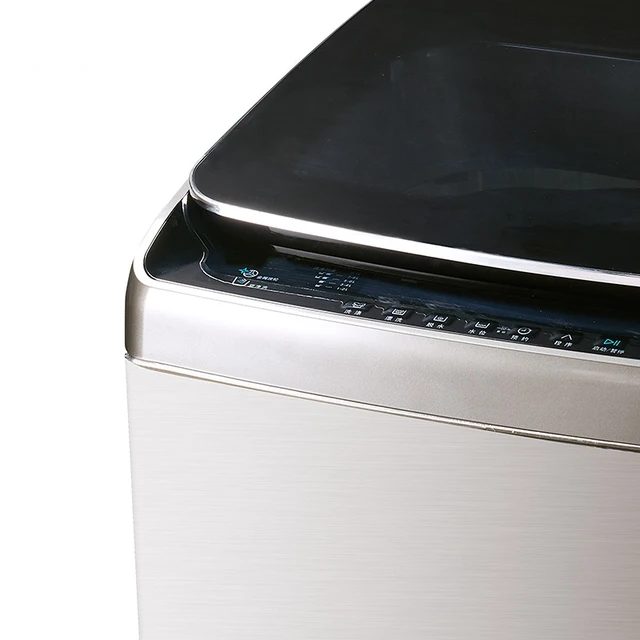 Washing Technique Matters
Washing Technique Matters
Even with the correct washing machine size, your technique when washing a king comforter is crucial for optimal results.
Prepping your comforter
Before loading your comforter into the washing machine, check for any stains or spots that may need pre-treatment. Use a gentle, fabric-safe stain remover and let it sit for a few minutes. This step ensures stains are lifted during the wash cycle.
Loading the machine
Place the comforter into the washer evenly, avoiding bunching or stuffing it in. If your machine has a center agitator, consider wrapping or loosely folding the comforter around it. This method facilitates better water flow and even washing.
Choosing the right detergent
Select a detergent that is suitable for large loads and, if possible, one that is formulated for bedding. These detergents are designed to handle bulkier items and provide a more thorough clean. Avoid overloading on detergent; too much can be difficult to rinse out of thick comforters.
Selecting the Best Wash Cycle
The type of wash cycle you select can greatly influence the cleanliness and longevity of your king comforter.
Gentle cycles for sensitive fabrics
To protect the fabric of your comforter, opt for a gentle or delicate cycle. These cycles use less intense agitation, which is especially important if your comforter has a delicate shell or fill, such as down or synthetic down.
Temperature settings
Most comforters benefit from being washed in cold water to prevent fabric shrinkage and color fading. However, if your comforter is heavily soiled, a warm water cycle might be more effective. Always refer to the care label for the recommended temperature settings.
Extended rinse cycles
Using an extended rinse cycle can be beneficial for removing all detergent residues from your comforter. Residual detergent can lead to fabric stiffness or potential skin irritation. An additional rinse ensures a softer, cleaner comforter.
Drying Your King Comforter
Drying a king comforter effectively is as important as the washing process. Improper drying can lead to mildew or a misshapen comforter.
Using a large-capacity dryer
Just like with the washing machine, the size of the dryer matters. A large-capacity dryer, preferably one with a capacity of at least 7.0 cubic feet, is ideal. It provides enough space for the comforter to tumble freely, promoting faster and more even drying.
Low heat settings
Dry your comforter on a low heat setting to protect the fabric and filling. High heat can cause shrinkage, damage the fabric, and potentially melt synthetic fill. Low heat, combined with longer drying times, ensures your comforter remains in good shape.
Adding dryer balls
Adding a couple of clean tennis balls or dryer balls to the dryer can help fluff up the comforter as it dries. These balls help evenly distribute the fill and prevent it from clumping, resulting in a fluffier and softer comforter.
Alternative Washing Methods
If your current washing machine is not large enough to handle a king comforter, there are a few alternative methods to consider.
Commercial laundromats
Many laundromats offer extra-large front-loading machines specifically designed for bulky items like comforters. These machines usually have capacities upwards of 7.5 cubic feet, making them perfect for your king-sized bedding. Laundromats also offer the added convenience of oversized dryers for efficient drying.
Professional cleaning services
Another option is to utilize professional cleaning services. While this may be more costly, professionals have the equipment and expertise to clean large and delicate items effectively. This method is especially useful for comforters made from materials that require special care.
Hand washing
Though labor-intensive, hand washing is also an option if you don’t have access to a suitable washing machine. Use a bathtub or a large basin and a gentle detergent. After soaking and gently agitating the comforter, thoroughly rinse it and carefully wring out excess water before drying.
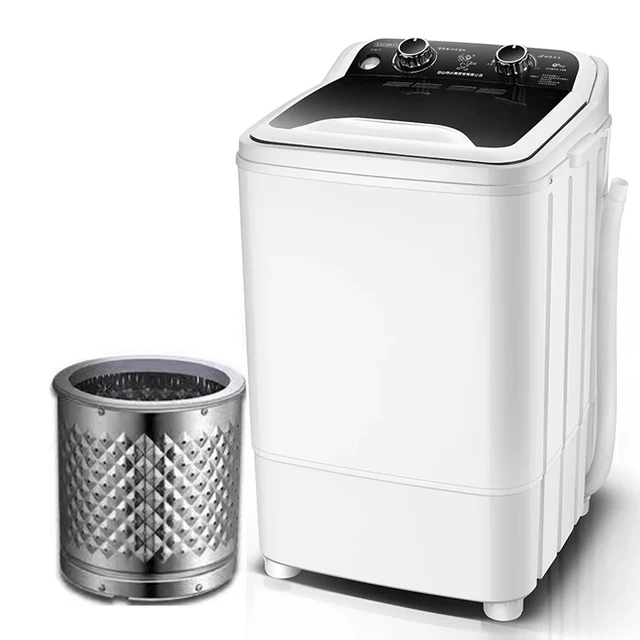 Maintaining Your Washing Machine
Maintaining Your Washing Machine
Regular maintenance of your washing machine ensures it remains effective for washing large items like king comforters.
Cleaning the drum
Residue from detergents and fabric softeners can build up in the drum over time. Run an empty wash cycle with a washing machine cleaner or a mixture of vinegar and baking soda every month. This practice keeps the drum clean and free from any buildup that could affect washing performance.
Inspecting hoses and connections
Regularly check the hoses and connections for any signs of wear or leaks. Replace any faulty components to prevent water damage and ensure the machine operates efficiently.
Balancing the machine
Ensure your washing machine is level to prevent unnecessary vibrations and movement during wash cycles. Use a spirit level to check and adjust the feet of the machine as needed. A well-balanced machine runs more quietly and extends its lifespan.
Final Thoughts on Machine Size
Deciding on the right size washing machine for a king comforter is crucial for achieving a thorough clean without compromising the fabric. A large-capacity washer of at least 4.5 cubic feet is generally recommended. This size provides enough room for the comforter to move freely, allowing water and detergent to penetrate evenly. Additionally, understanding washing and drying techniques, maintaining your machine, and considering alternative methods when necessary will help keep your comforter in top condition for years to come. Investing in the right equipment and adopting proper care practices makes all the difference in maintaining the freshness and longevity of your king-sized comforter.
